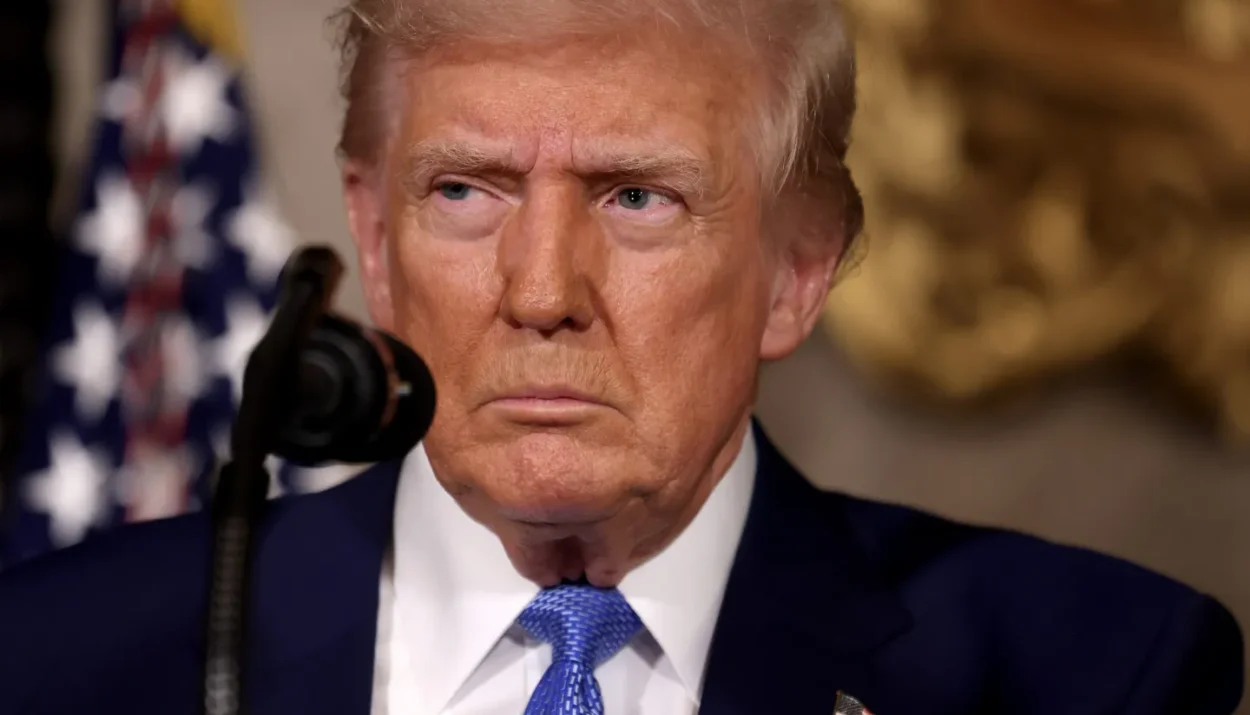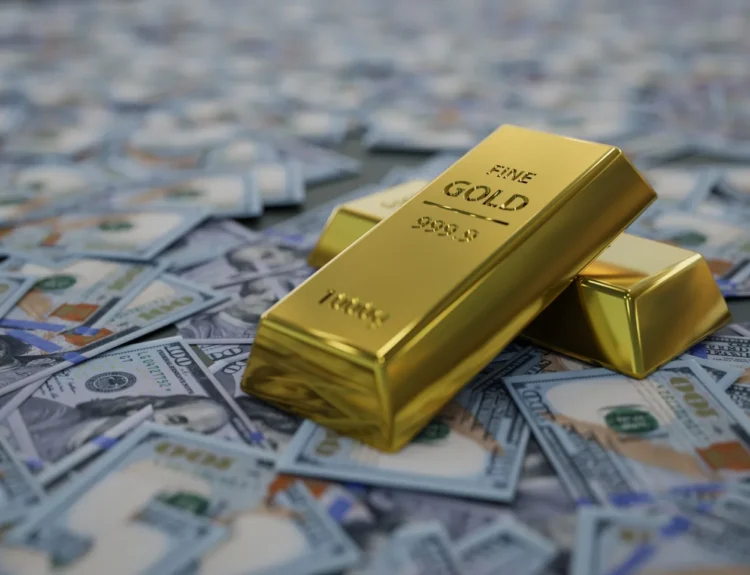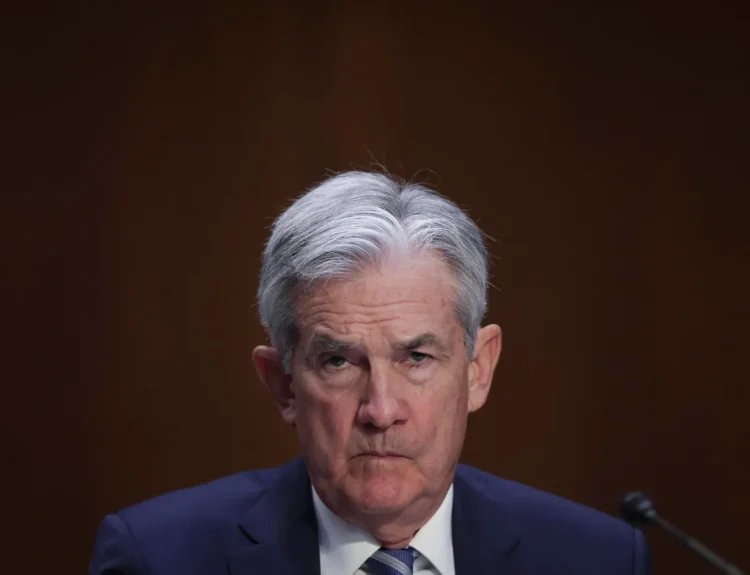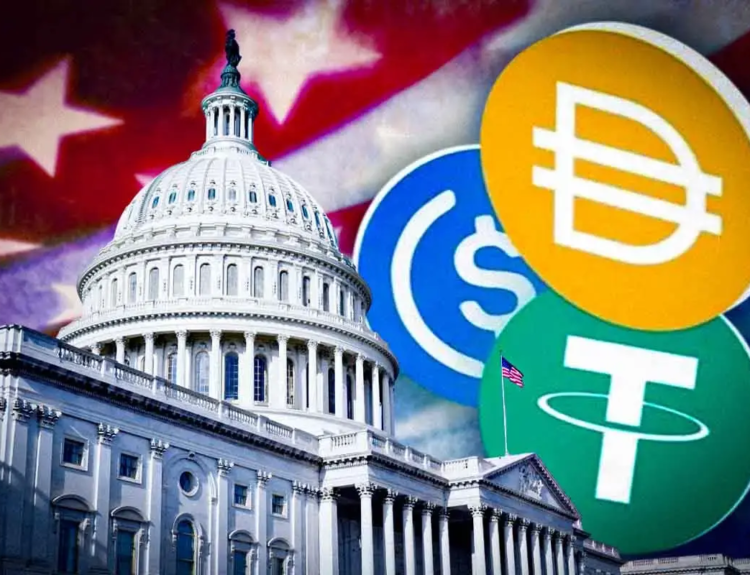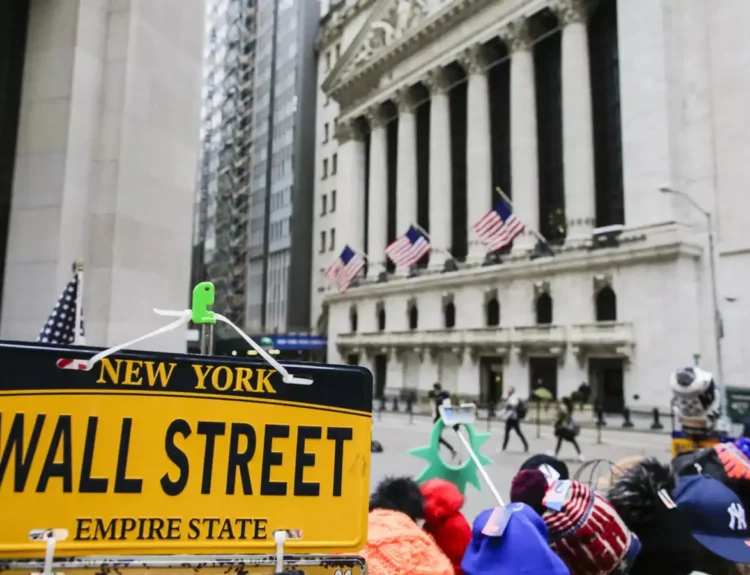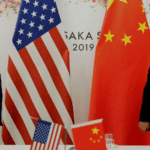Europe’s hopes of de-escalating a transatlantic trade war were dashed Monday after U.S. President Donald Trump publicly rejected a European Union proposal to eliminate tariffs on industrial goods, instead demanding a massive American energy deal in return for tariff relief.
“Things aren’t getting better. They’re getting worse,” said Olof Gill, spokesperson for EU trade policy. “We’re trying to actively sit down with our American friends and say, let’s make the situation better.”
Brussels Offers Tariff Truce – Trump Says “Bad Deal”
The EU had proposed a “zero-for-zero” pact—removing all tariffs on industrial products including cars, machinery and chemicals—hoping to avert the looming April 9 implementation of Trump’s 20% reciprocal tariff on nearly all European goods.
But the White House quickly shot it down.
“The European Union has been very, very bad to us,” Trump told reporters. “They don’t take our cars. They don’t take our agricultural products. They don’t take anything, practically.”
“They’re going to have to buy their energy from us… $350 billion in one week,” Trump added, demanding that EU countries commit to massive purchases of U.S. liquefied natural gas (LNG) to offset the trade deficit.
Trade Surplus Debate Sparks Clash
While the U.S. trade office pegs the 2024 goods trade deficit with the EU at $235.6 billion, Trump has repeatedly inflated that figure, claiming a $300–$350 billion imbalance, citing both goods and services.
EU Commission President Ursula von der Leyen maintained a diplomatic tone:
“We are always ready to strike a good deal,” she said in Brussels. “But we are also ready to respond with countermeasures.”
Tomorrow, EU envoys will vote on retaliatory tariffs of up to 25% on €21 billion worth of U.S. imports, including meats, machinery, cereals, and even dental floss. The proposal is expected to pass.
Energy in Focus – But It’s Not That Simple
While Trump’s LNG offer sounds simple, the EU says energy purchases are largely market-driven and governed by national contracts, not centrally negotiated.
“We are absolutely ready to discuss it,” said Anna-Kaisa Itkonen, Commission spokesperson for energy, “but these are commercial decisions by member states.”
Meanwhile, EU leaders fear Trump’s tariffs on China could divert Chinese goods into Europe, effectively dumping excess supply and threatening local industries. Von der Leyen spoke today with Chinese Premier Li Qiang about establishing a joint trade diversion monitoring mechanism.
Escalation Threat Looms
As Trump’s 10% baseline tariff took effect Saturday, further 25% duties on cars, steel, and aluminum—and a possible 50% penalty on Chinese goods—are set to begin Wednesday.
“They can buy [our energy], or we can knock off $350 billion in one week,” Trump said bluntly.
Despite Brussels’ warnings that the tariffs risk pushing Europe into recession and destabilizing markets, Trump appears unwavering. The EU now finds itself torn between mounting pressure to retaliate and its own commitment to free trade.
“Our biggest fear after Brexit was EU unity breaking down,” one diplomat told Euractiv. “But now we all agree—Trump’s tariffs must be confronted.”
Related:
China vows ‘fight to the end’ after Trump threatens extra 50% tariff
Musk made direct appeals to Trump to reverse sweeping new tariffs
Trump Opens Door to Tariff Talks—But No Pause, No Retreat, Just ‘Tough but Fair’ Deals
Bitcoin: Not so independent from the rest of the market?!…
Tariffs Will Stay in Place for Weeks, Commerce Secretary Howard Lutnick Says
JPMorgan now sees a US recession this year
US starts collecting Trump’s 10% tariff, smashing global trade norms
Automakers seek ‘opportunity in the chaos’ of Trump’s tariffs
Elon Musk hopes ‘zero tariff situation’, ‘free trade zone’ for Europe
Trump Announces Tiered Tariffs on China, EU, India, Others — “This Is Just the Start”
‘No Winner In A Trade War’: China, EU And Others React To Trump’s Reciprocal Tariffs


